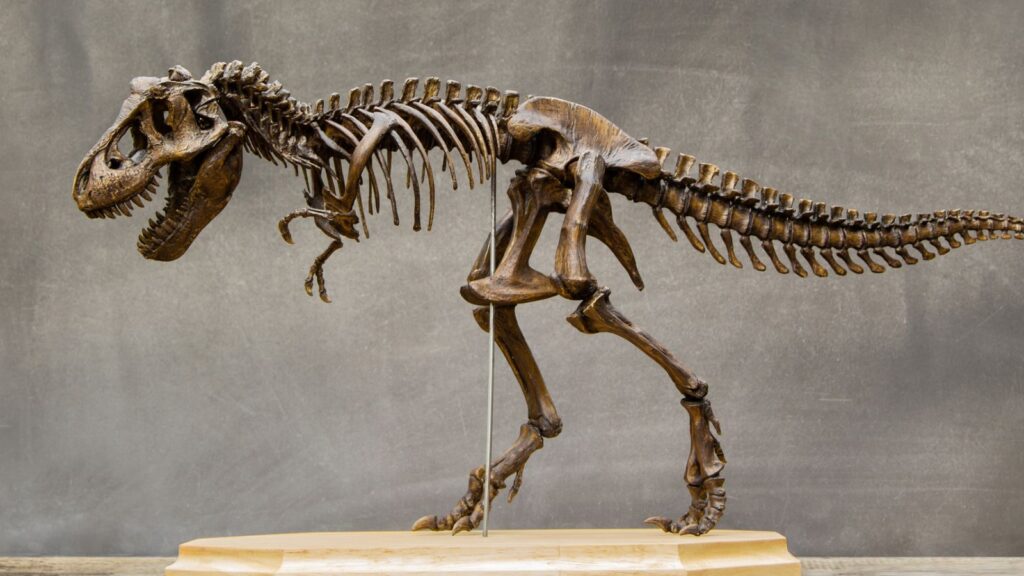Dinosaurs have always captured our imaginations, and these ancient creatures have sparked countless myths and misconceptions. It’s time to separate fact from fiction and debunk some of the most persistent myths about dinosaurs. These are 19 things you need to stop believing.
Dinosaurs Were All Giant
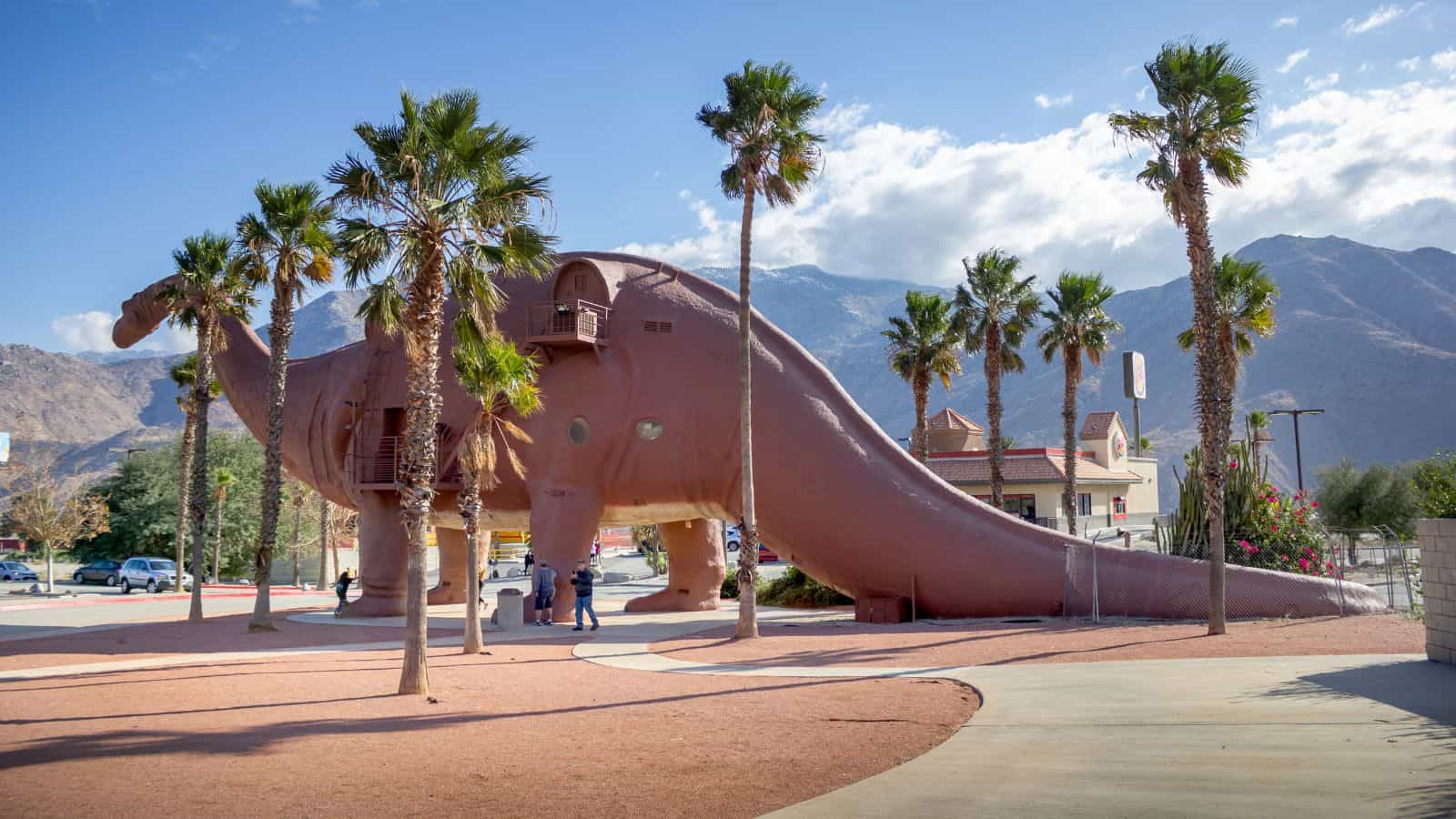
According to the Natural History Museum, “Dinosaurs are the largest land animals that have ever lived,” but that doesn’t mean all dinosaurs were enormous. While it’s true that some dinosaurs, like the towering Brachiosaurus and the massive T-Rex, were gigantic, not all dinosaurs were so huge. In fact, many dinosaurs were quite small. Some were no bigger than chickens.
Humans and Dinosaurs Lived Together
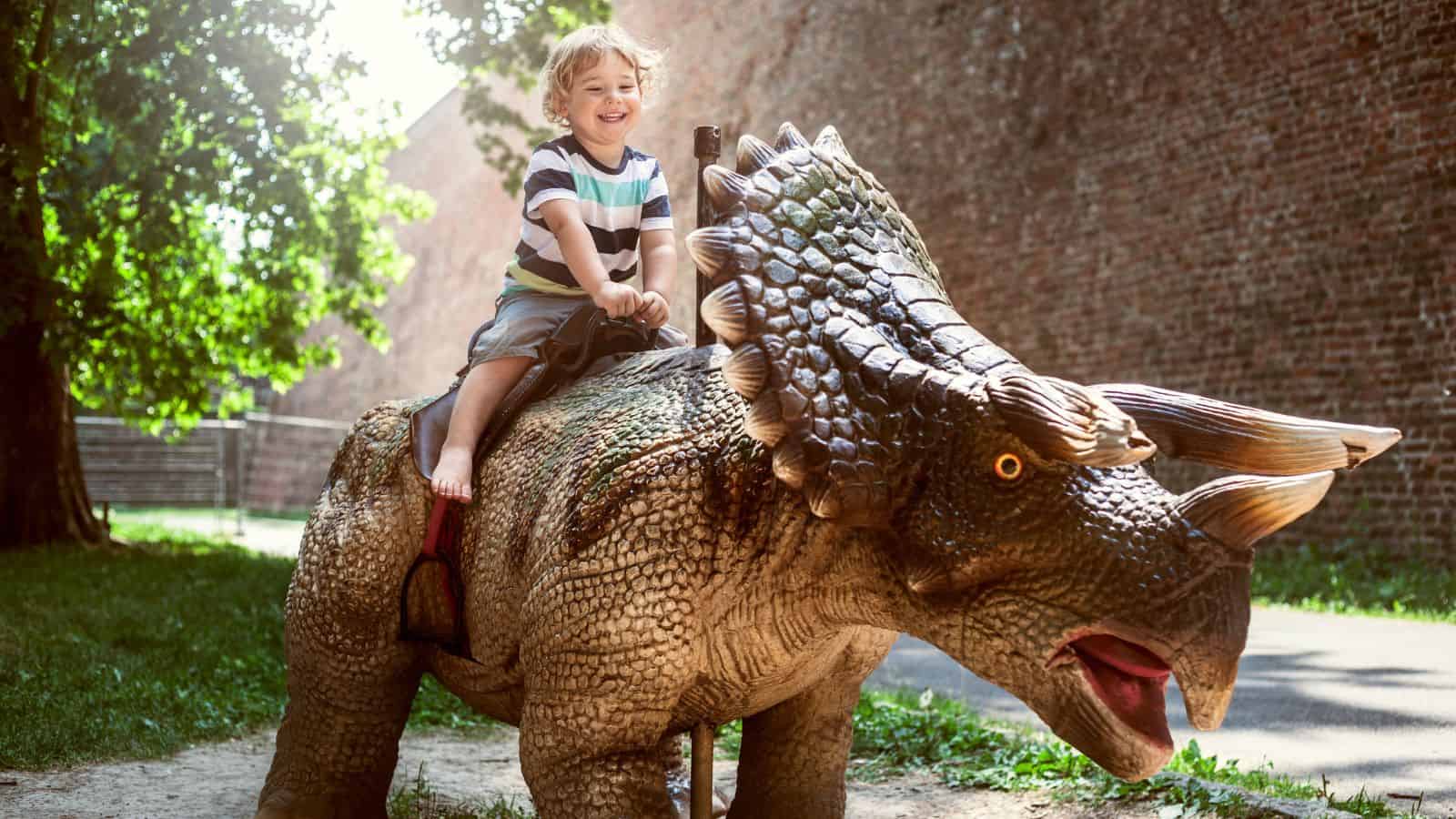
Thanks to popular movies and TV shows, many people believe that humans and dinosaurs coexisted. However, this couldn’t be further from the truth. Dinosaurs went extinct around 65 million years ago, long before the first humans appeared on Earth. The idea of humans riding dinosaurs or fighting them is pure fiction.
They Were All Cold-Blooded
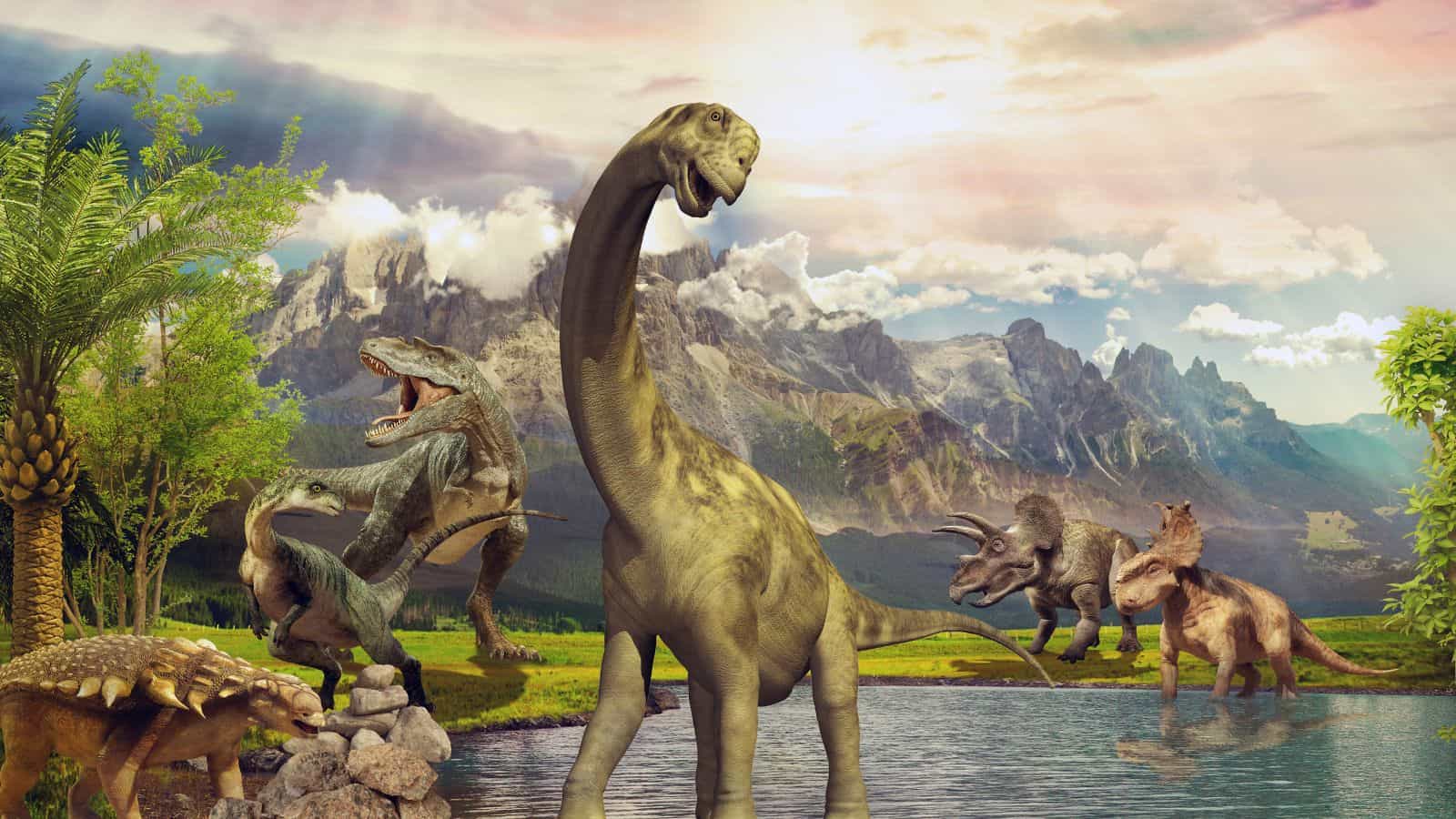
For years, it was believed that dinosaurs were cold-blooded like modern reptiles. But recent research suggests that many dinosaurs were actually warm-blooded. This means they could regulate their body temperature internally, similar to birds and mammals. This adaptation would have allowed them to be more active and survive in various climates.
Dinosaurs Were Reptiles
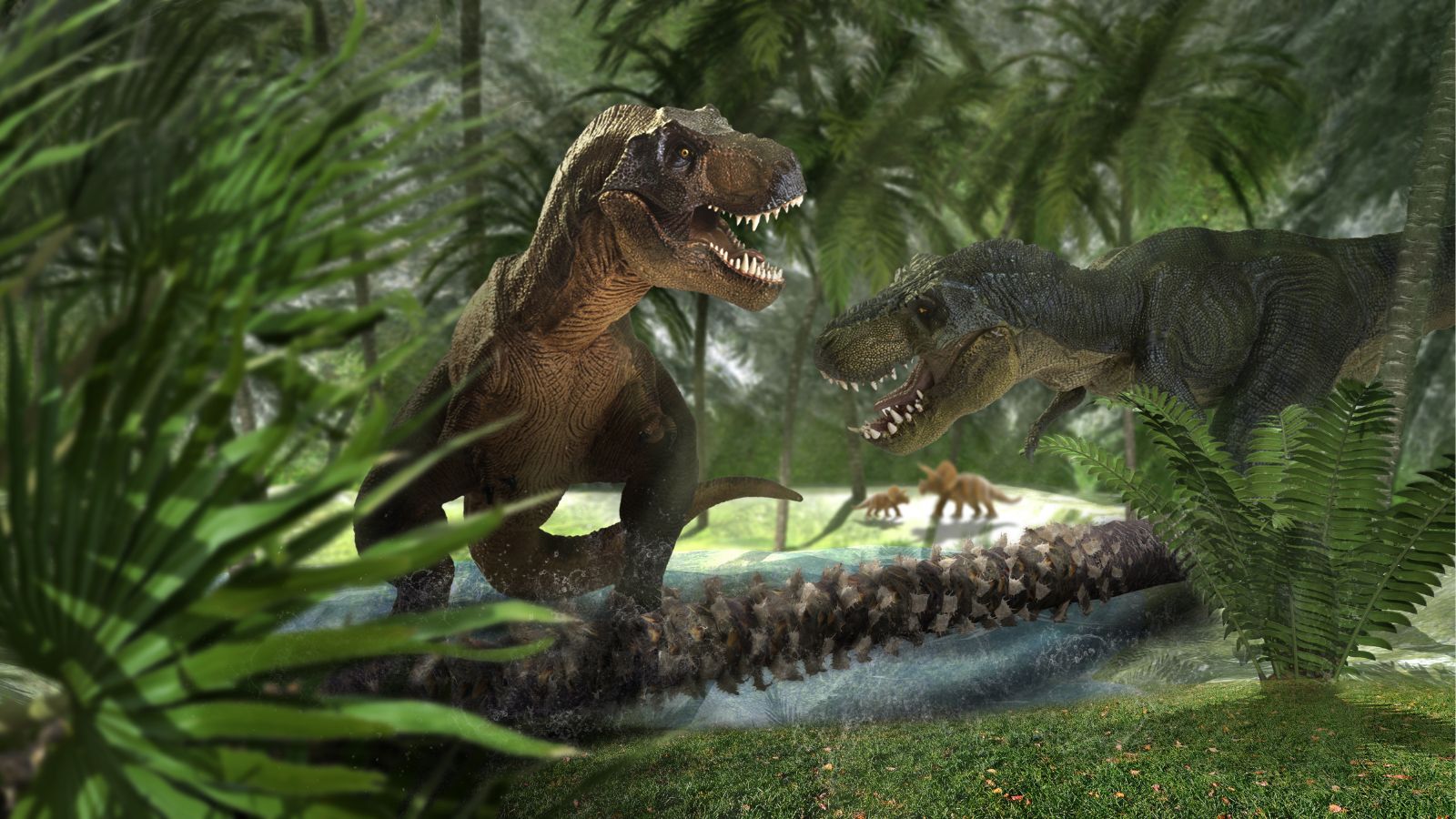
While dinosaurs are often lumped in with modern reptiles, they were actually a distinct group of animals. Dinosaurs were more closely related to birds than to today’s reptiles. In fact, many scientists now consider birds to be living dinosaurs. This connection is evident in their bone structures, feathers, and other anatomical features.
They Were All Green and Scaly
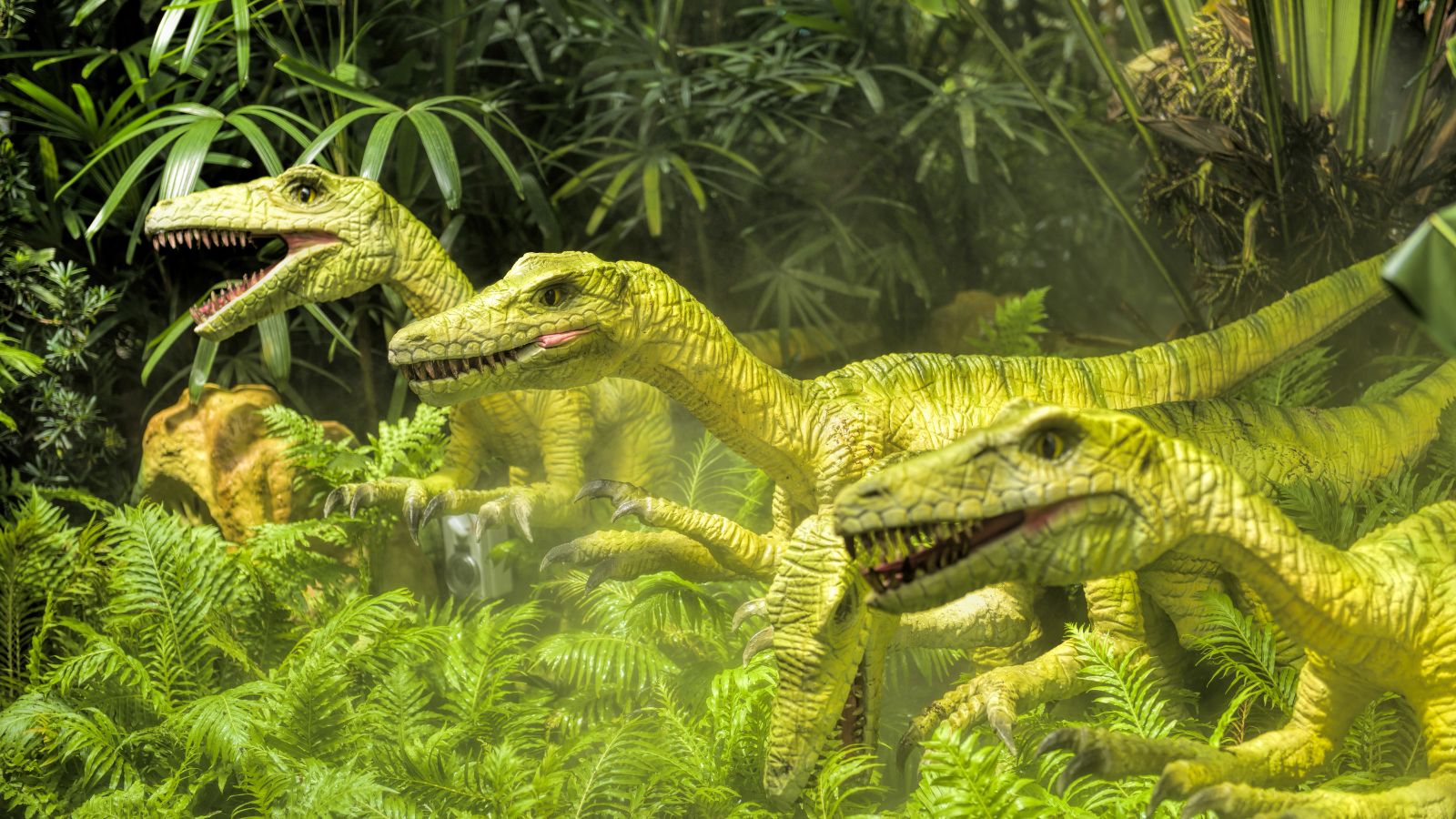
The image of green, scaly dinosaurs is deeply ingrained in our minds, thanks to movies and illustrations, yet recent discoveries have revealed that many dinosaurs had feathers. These feathers could be colourful, much like modern birds. Fossil evidence has shown that some dinosaurs had vibrant plumage, which they may have used for display, camouflage, or temperature regulation.
The T-Rex Had Tiny Arms for No Reason
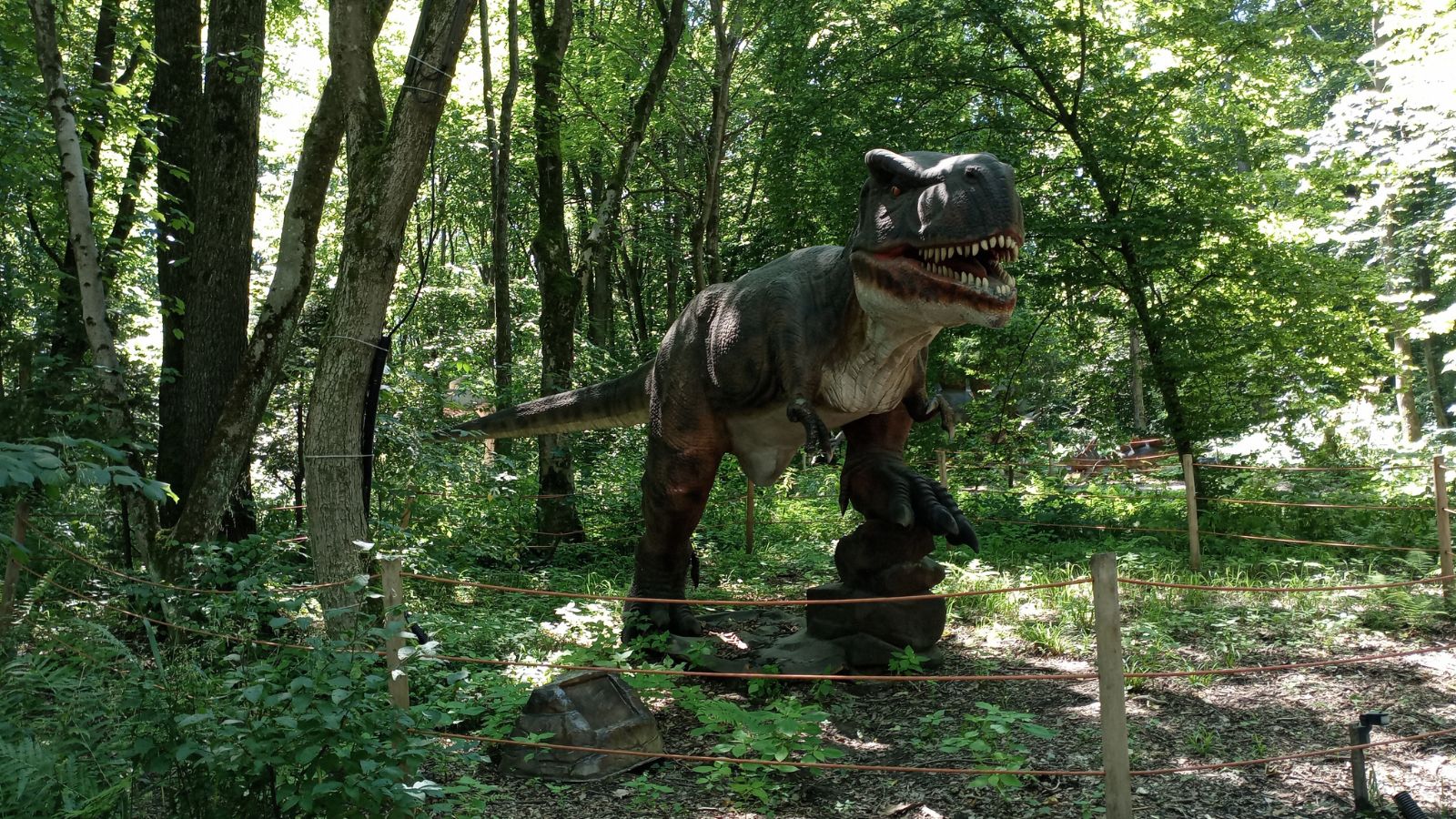
The T-Rex is famous for its massive size and tiny arms, which have been the butt of many jokes. Nevertheless, those tiny arms were not useless, as scientists believe they had a purpose, possibly for holding onto prey, mating, or helping the T-Rex get up from a lying position. While their exact function is still debated, it’s clear that these arms were not as useless as they might seem.
Dinosaurs Were Dumb
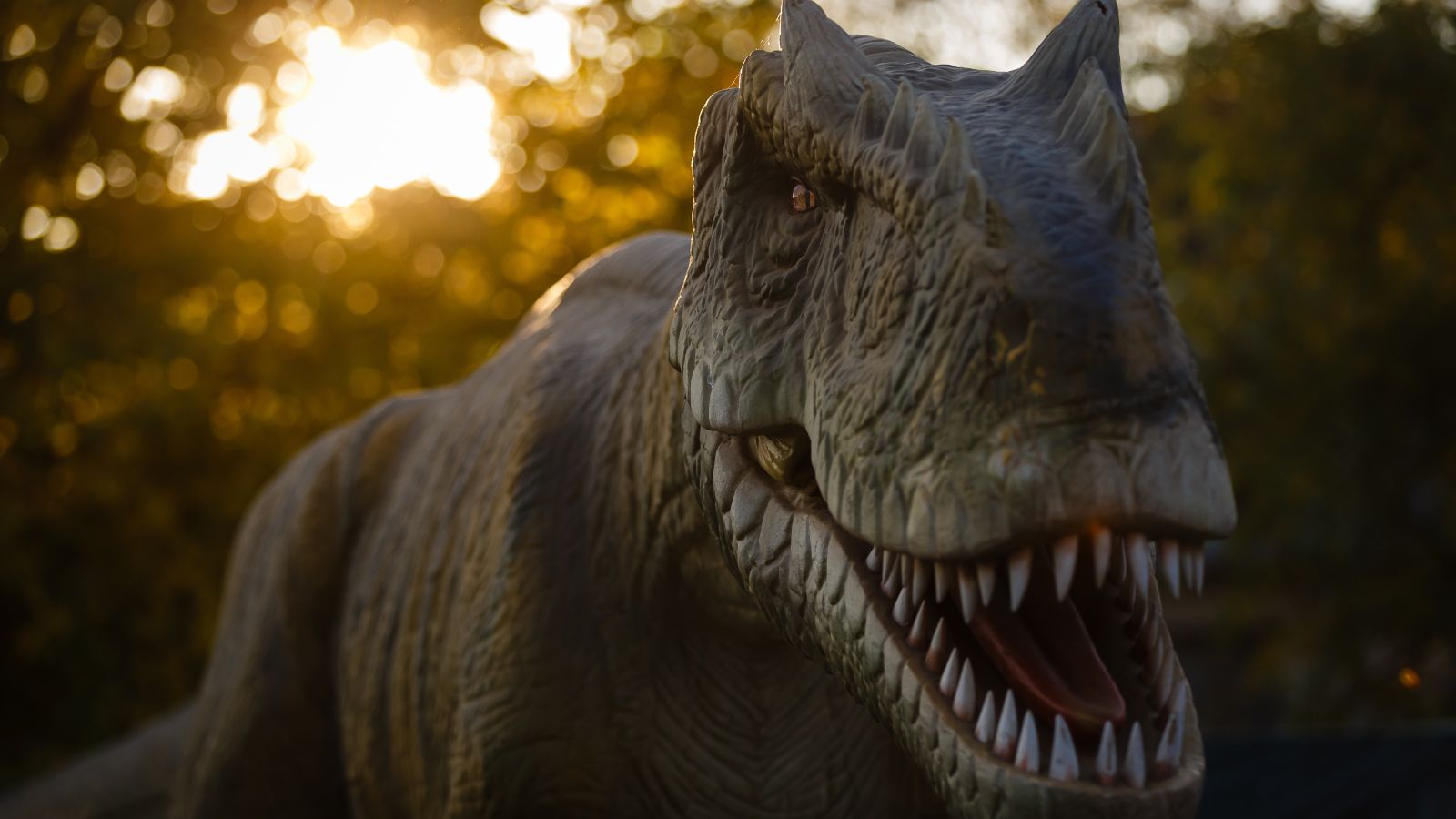
Dinosaurs are often portrayed as lumbering, unintelligent beasts, yet this myth doesn’t hold up to scrutiny. Some dinosaurs, particularly theropods like the Velociraptor, showed signs of high intelligence. They had relatively large brains for their body size and exhibited complex behaviours such as hunting in packs. The idea that dinosaurs were simple-minded creatures is an oversimplification.
All Lived in Hot Climates
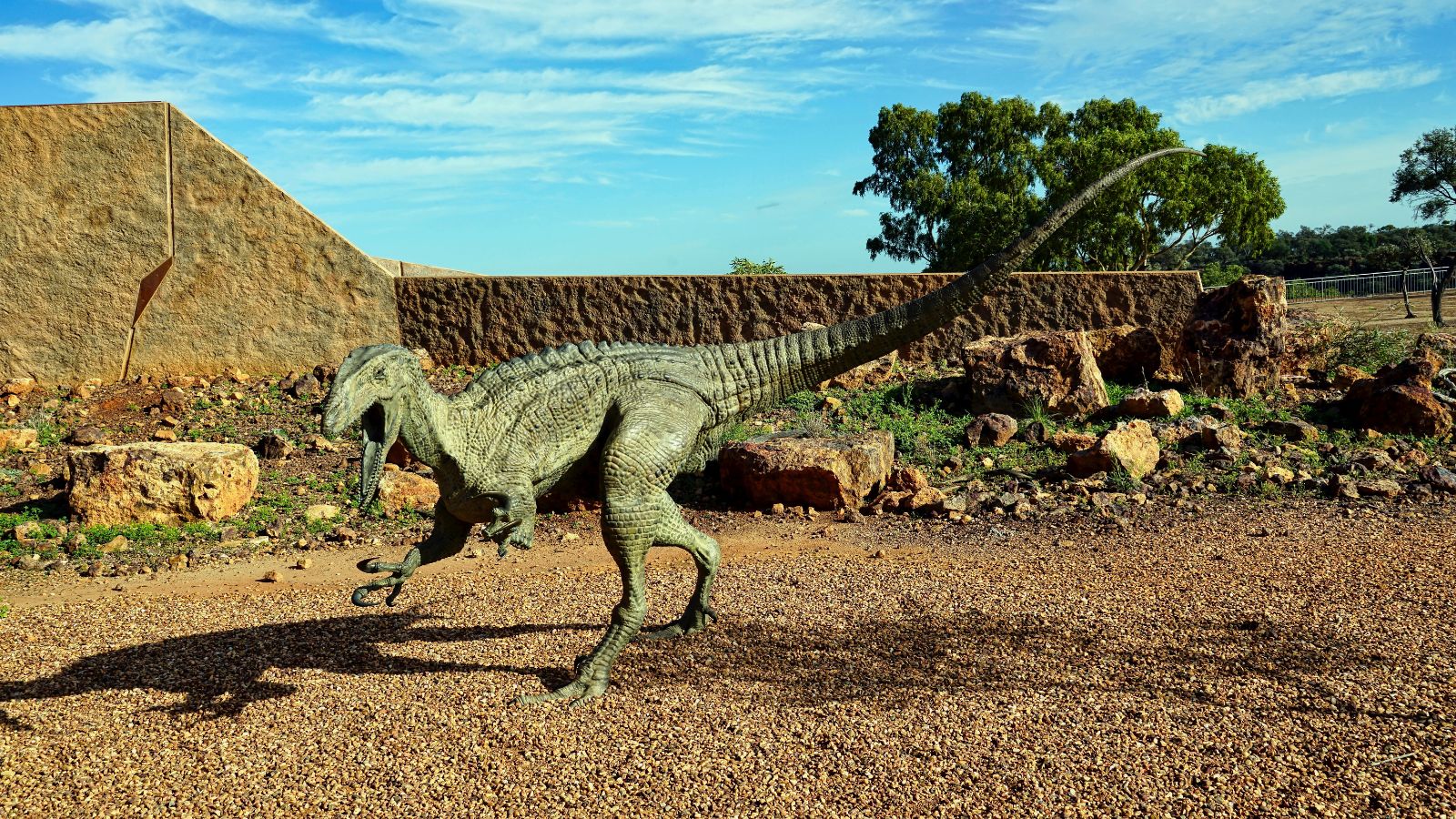
When we think of dinosaurs, we often imagine them roaming lush tropical landscapes. In reality, dinosaurs actually lived in a wide range of environments, including colder regions. Fossil evidence has been found in areas that were once polar regions, suggesting that some dinosaurs were adapted to colder climates.
They Were Slow and Clumsy
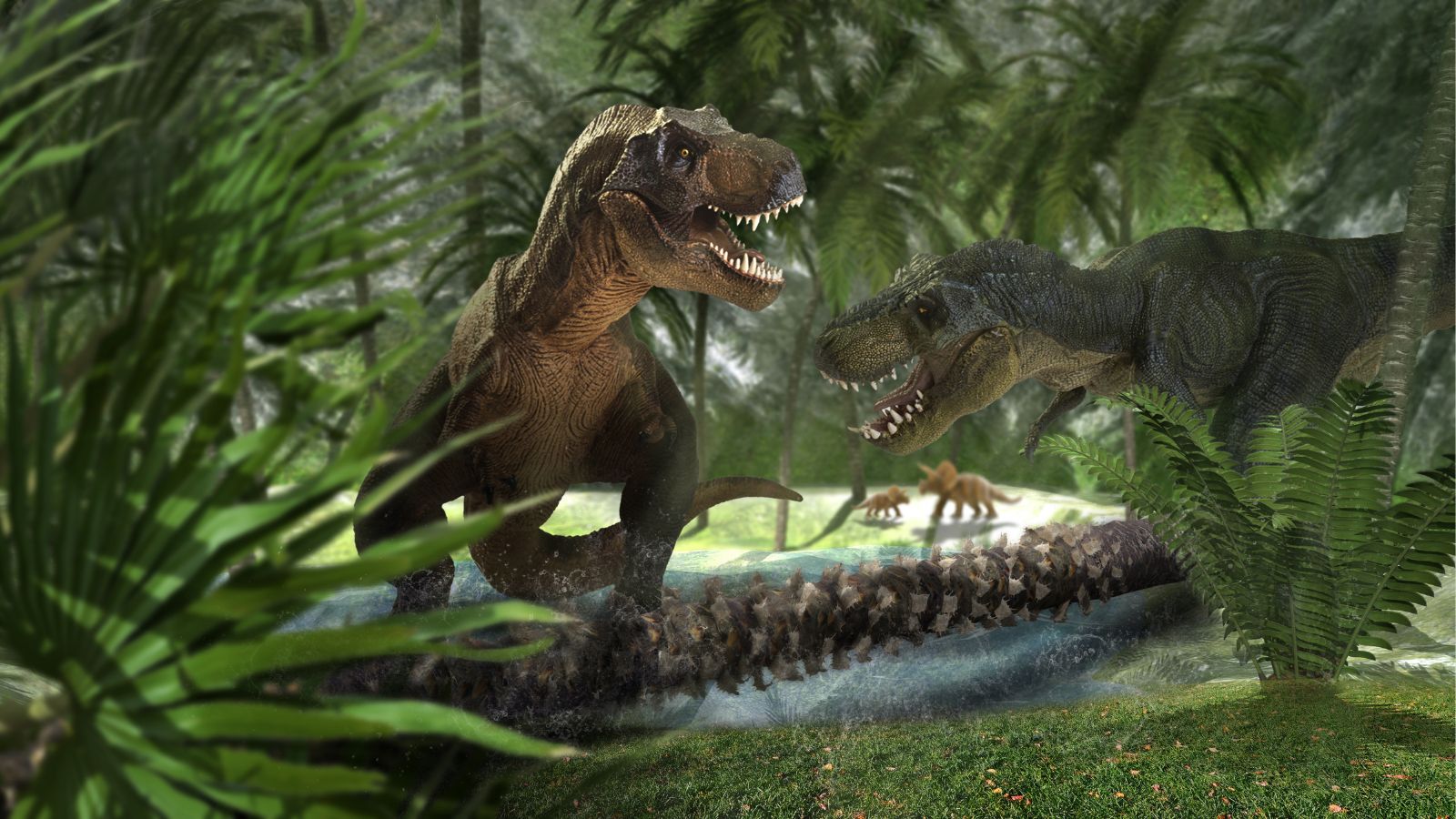
Another common myth is that dinosaurs were slow, clumsy creatures; in reality, many dinosaurs were quite agile and fast. For example, the Velociraptor was likely a swift and nimble predator, and other dinosaurs, like the Ornithomimus, could run at impressive speeds. These adaptations would have been crucial for hunting, evading predators, and surviving in their environments.
Dinosaurs All Went Extinct at the Same Time
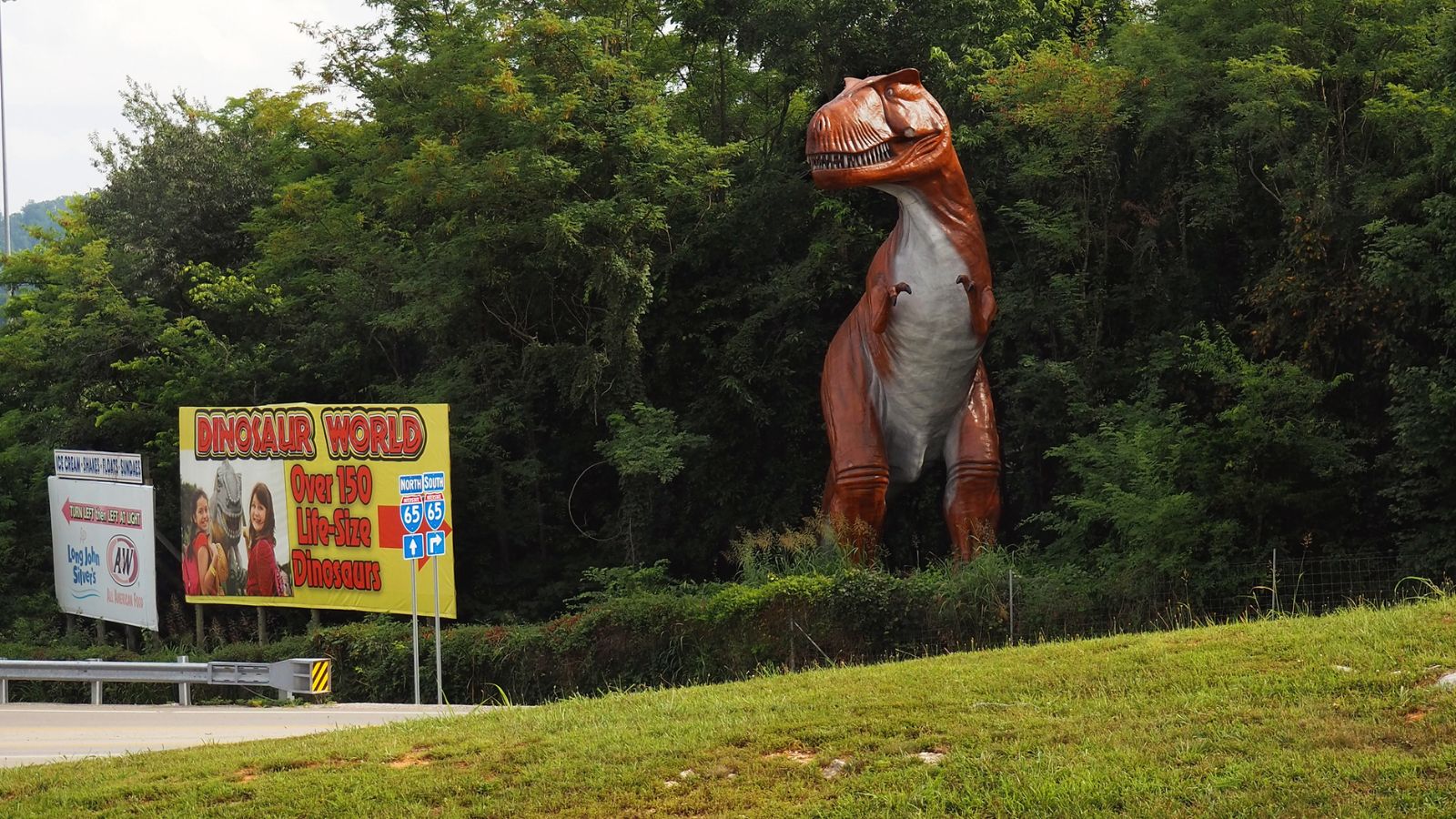
The idea that all dinosaurs went extinct simultaneously is a misconception. A massive asteroid impact around 65 million years ago did lead to the extinction of many dinosaur species, but not all of them vanished at once. Some species were already declining due to environmental changes, volcanic activity, and other factors.
Fossils Are Rare and Hard to Find
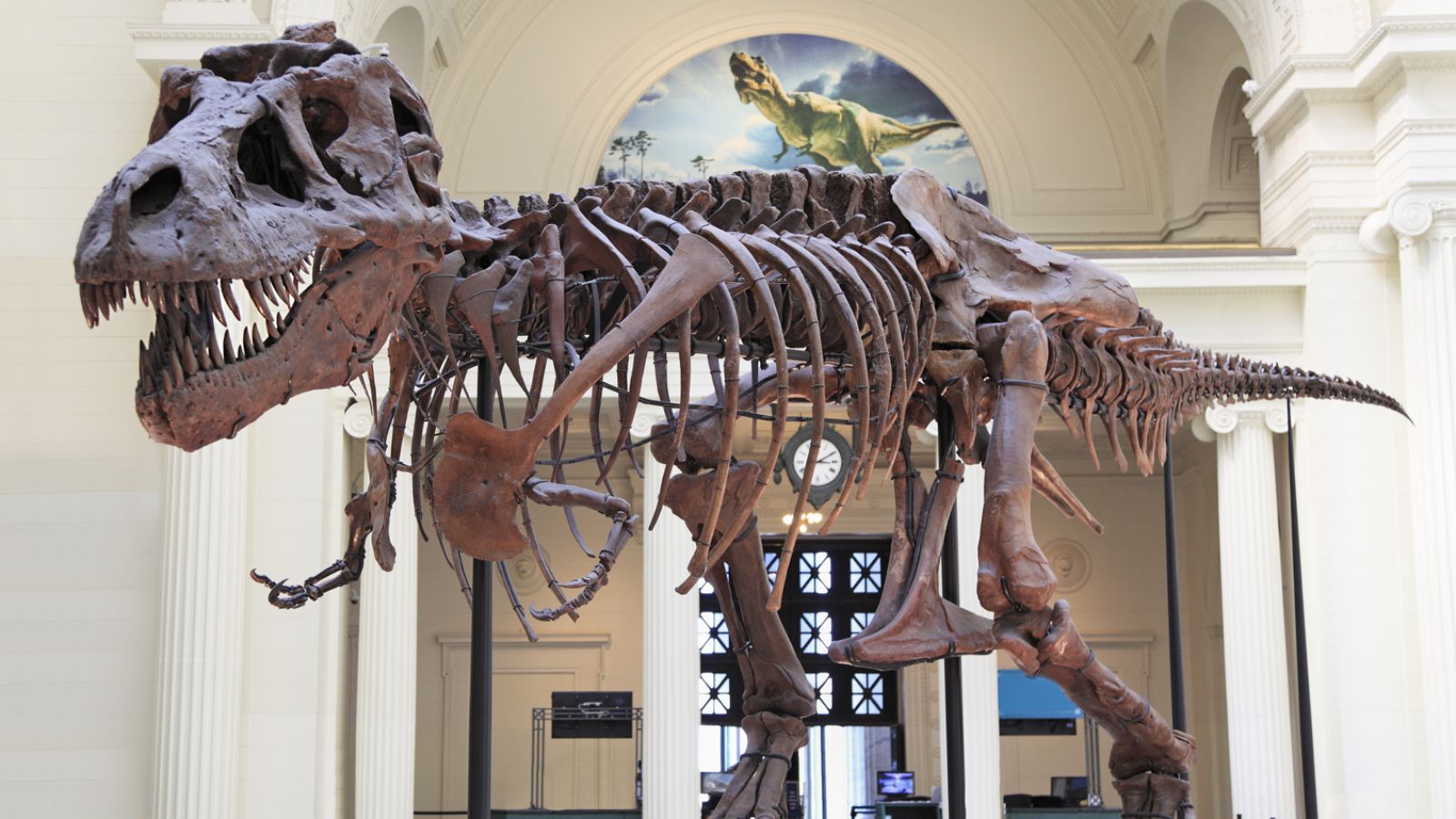
Many people think that dinosaur fossils are incredibly rare and difficult to discover. While fossilisation is a rare process, numerous significant finds have been made over the years. Paleontologists have unearthed thousands of fossils, giving us a detailed picture of dinosaur diversity and evolution.
All Dinosaurs Had Sharp Teeth
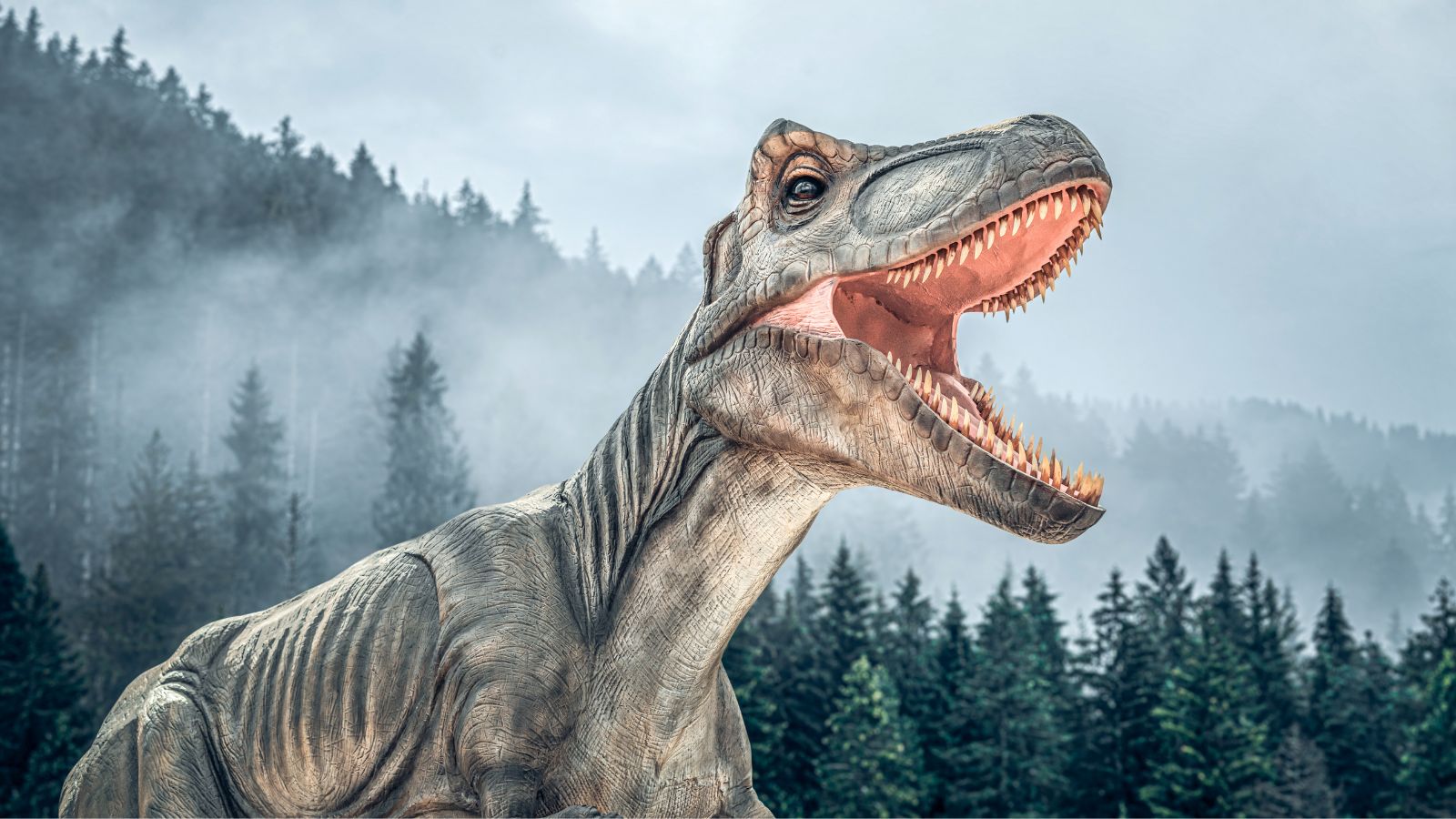
It’s easy to assume that all dinosaurs had sharp teeth designed for ripping flesh; however, many dinosaurs were herbivores with flat teeth for grinding plants. Dinosaurs like the Triceratops and the Stegosaurus had specialised teeth for their plant-based diets. The variety in tooth shape and structure among dinosaurs reflects their diverse feeding habits.
They Were All Solitary Creatures
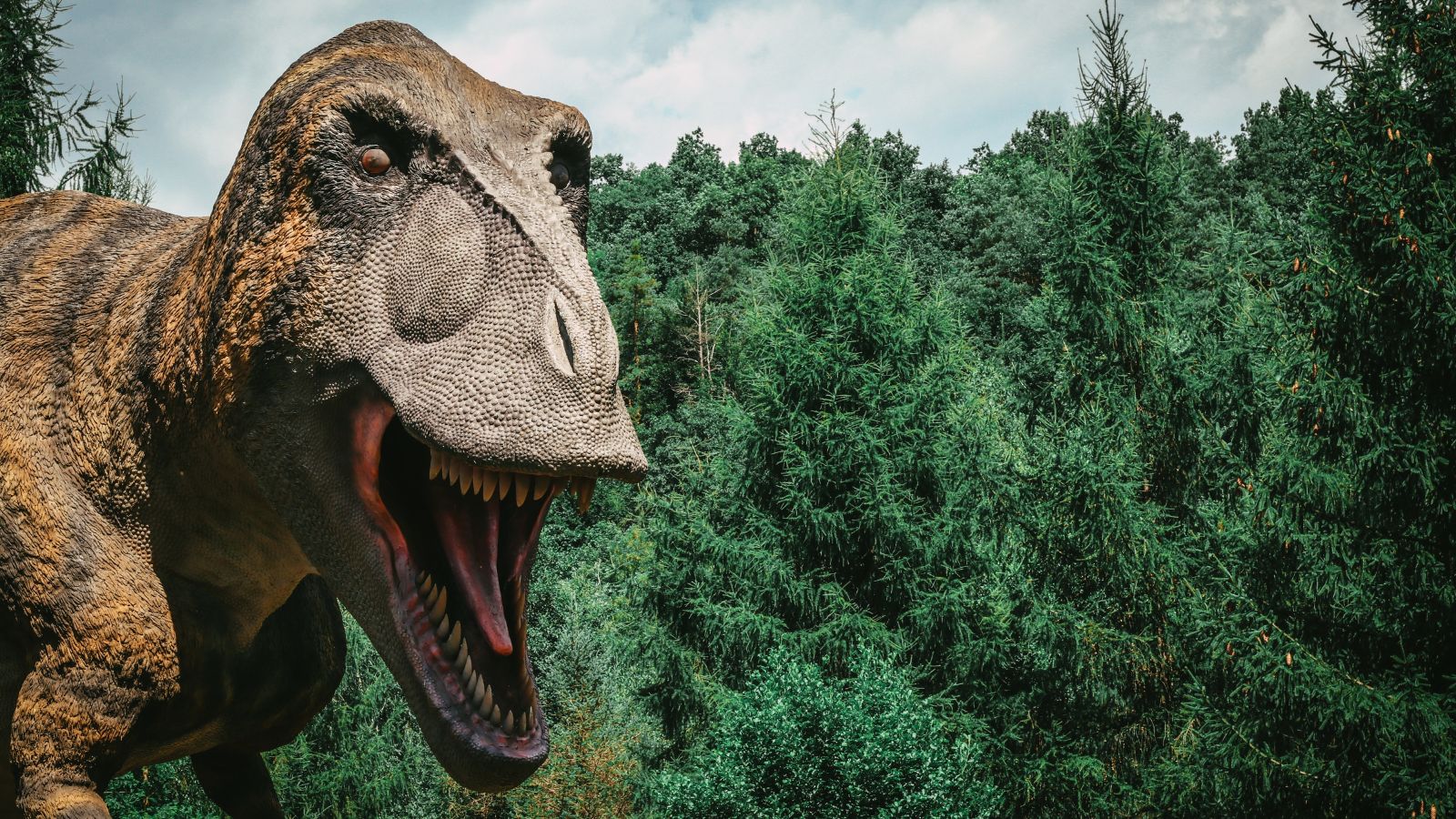
Evidence suggests that many dinosaurs lived and travelled in groups, so the image of dinosaurs as solitary, antisocial creatures is another myth. Fossilised trackways show herds of dinosaurs moving together, and some species, like the Maiasaura, cared for their young in communal nests.
The Brontosaurus Never Existed
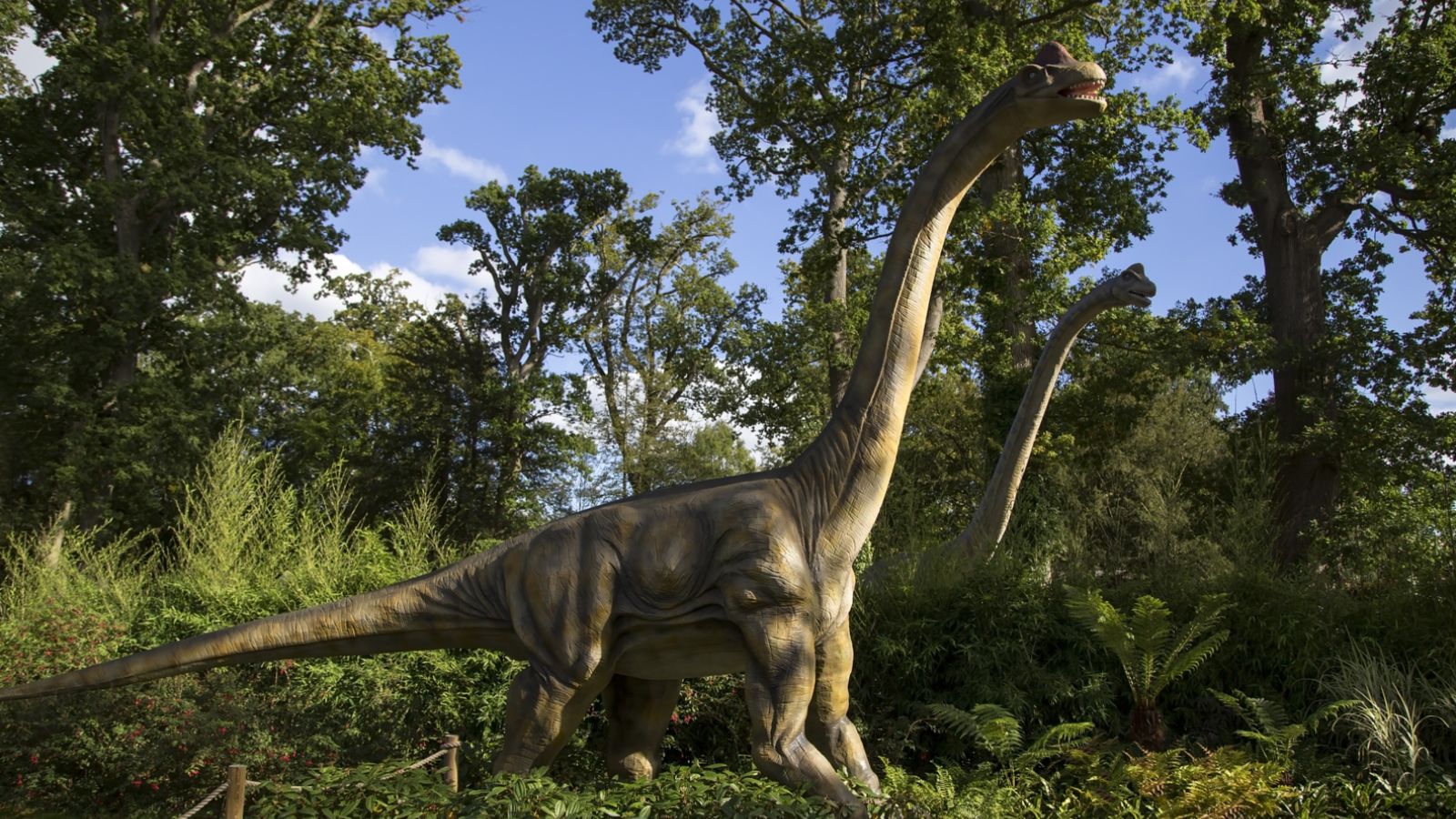
For years, the Brontosaurus was thought to be a misidentified Apatosaurus, leading many to believe it never existed. Recent research has instead reinstated the Brontosaurus as a distinct genus, as scientists re-examined the fossils and found enough differences to justify its separate classification.
Dinosaurs Were Only Land Dwellers
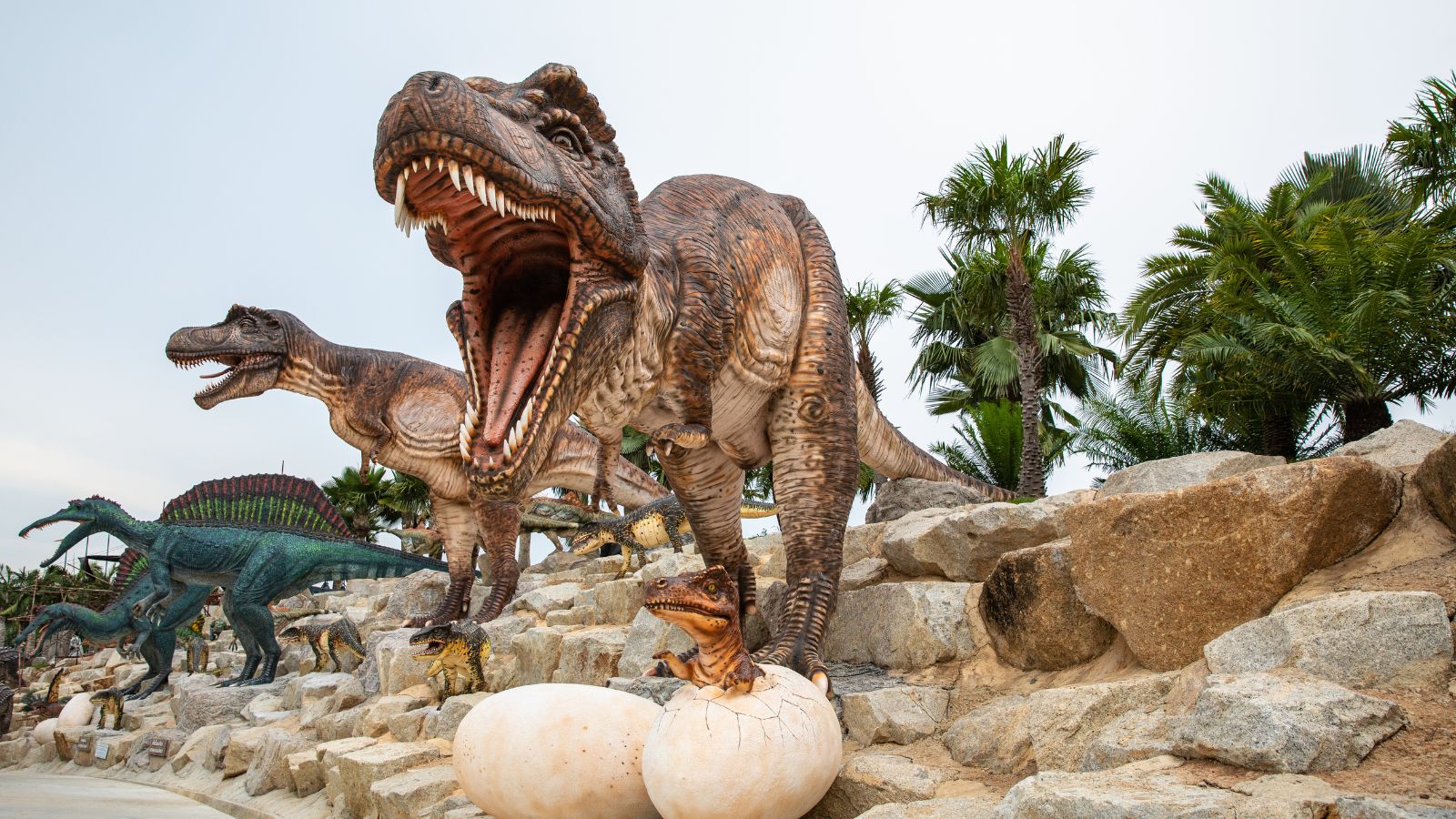
Some dinosaurs were adapted to life in water, too, despite the fact that when we think of dinosaurs, we usually picture them on land. The Spinosaurus, for example, had adaptations that suggest it spent much of its time in aquatic environments. While true marine reptiles like the ichthyosaurs were not dinosaurs, some dinosaurs did have semi-aquatic lifestyles.
All Eggs Were Huge
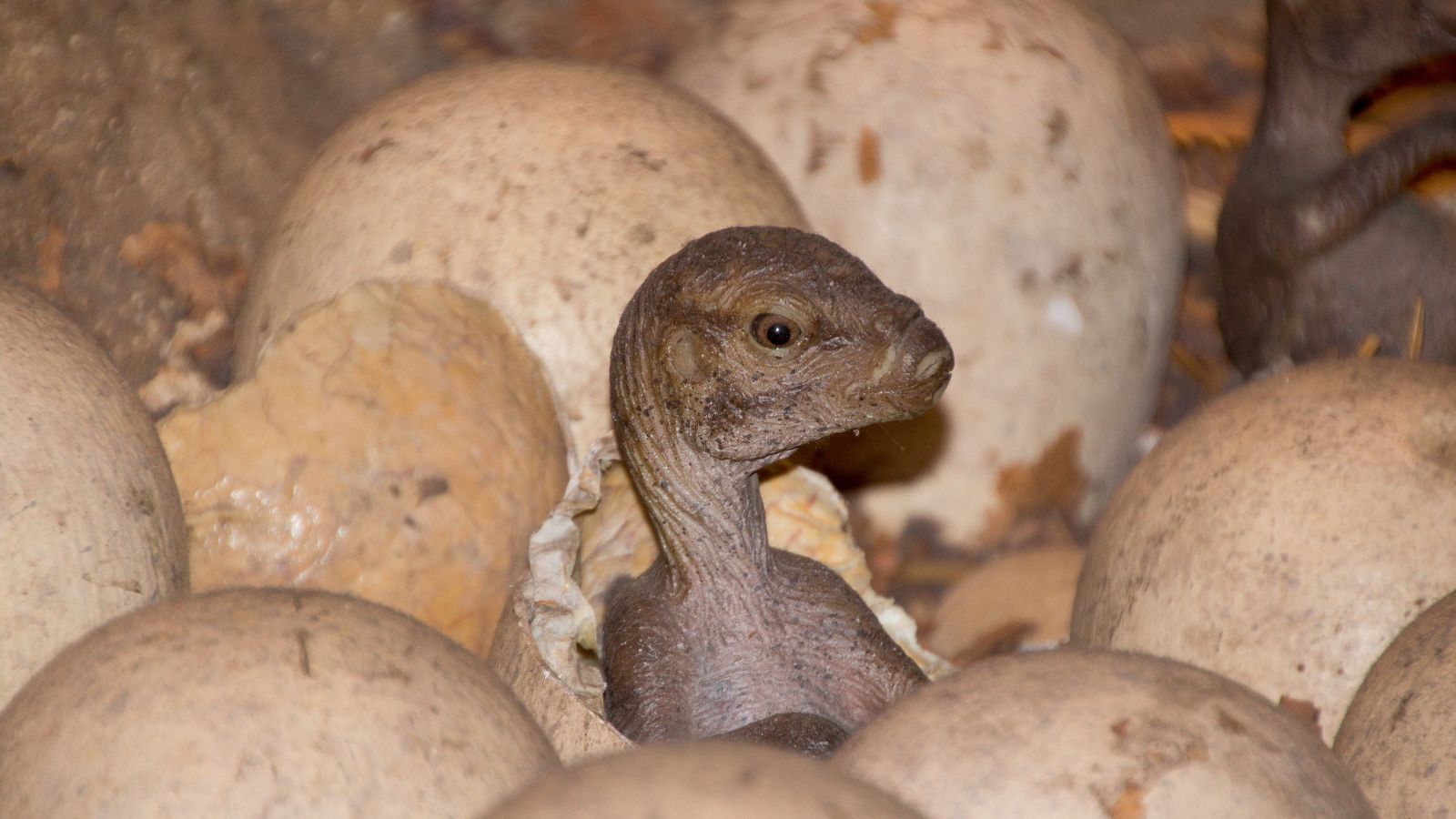
It’s easy to imagine dinosaur eggs being as large as footballs or even bigger, but most dinosaur eggs were actually quite small. The largest eggs, belonging to dinosaurs like the Titanosaurs, were about the size of a football. Many dinosaur eggs were much smaller, similar in size to those of modern birds.
Dinosaurs Were Primitive
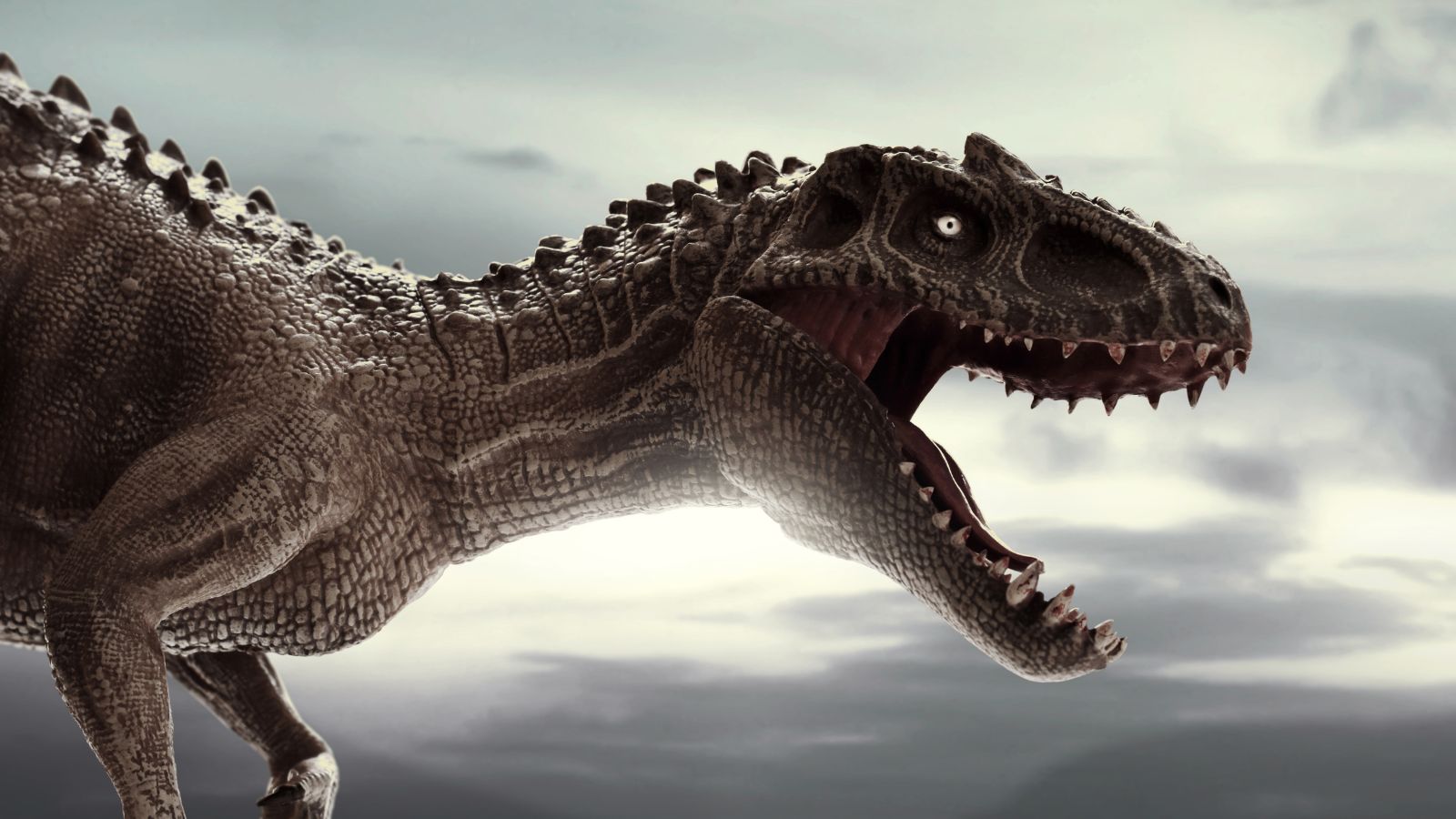
The term ’primitive’ often implies something less advanced or developed. Dinosaurs, however, were highly specialised and successful animals that dominated the Earth for over 160 million years. They evolved a wide range of adaptations that allowed them to thrive in various environments.
The Pterodactyl Was a Dinosaur
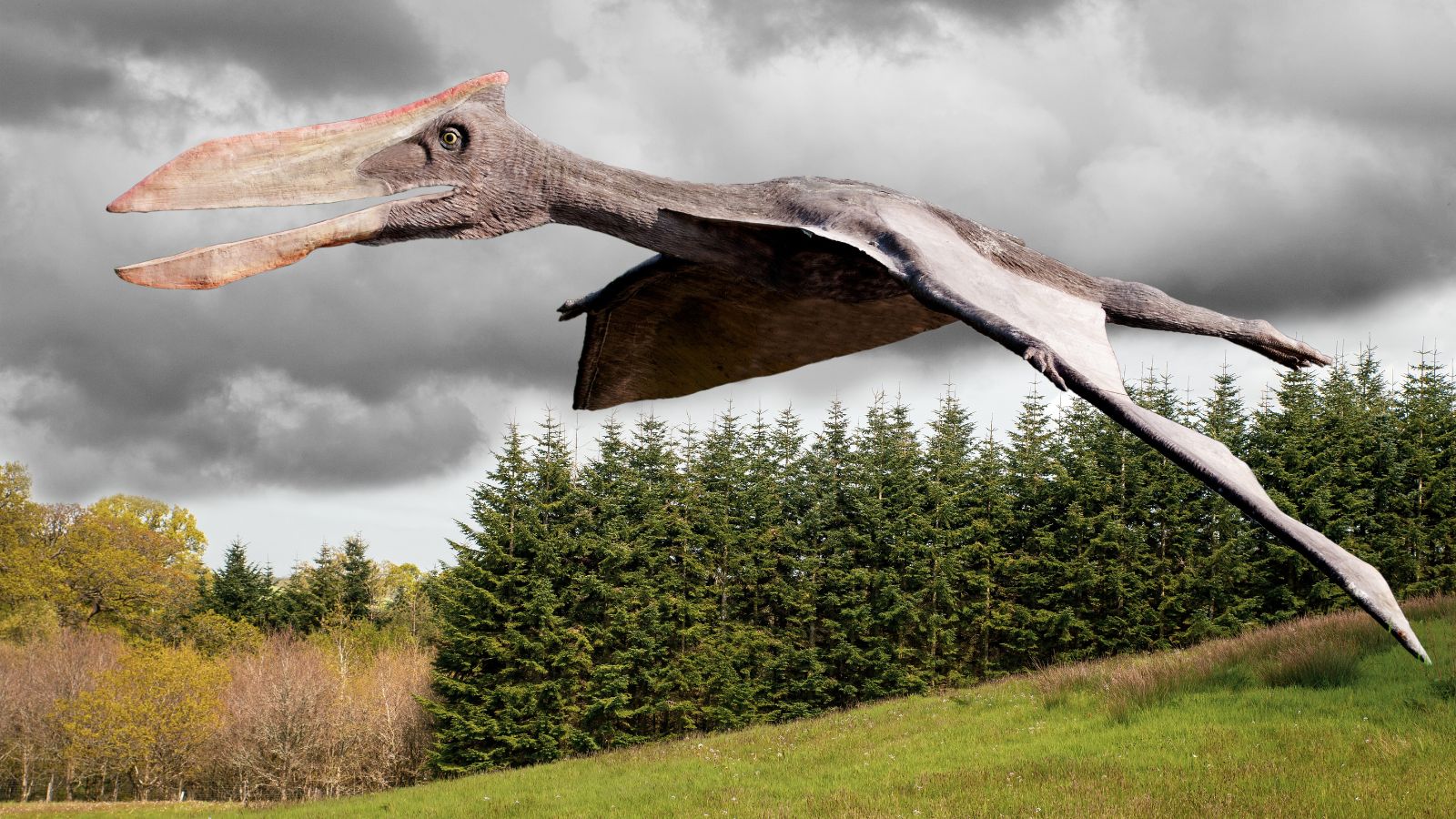
One common misconception is that flying reptiles like the Pterodactyl were dinosaurs, when in reality, pterosaurs, including the Pterodactyl, were a separate group of flying reptiles. They lived alongside dinosaurs but were not part of the dinosaur family tree. Pterosaurs were remarkable creatures in their own right, with some species boasting impressive wingspans.
Dinosaurs Were Doomed to Extinction
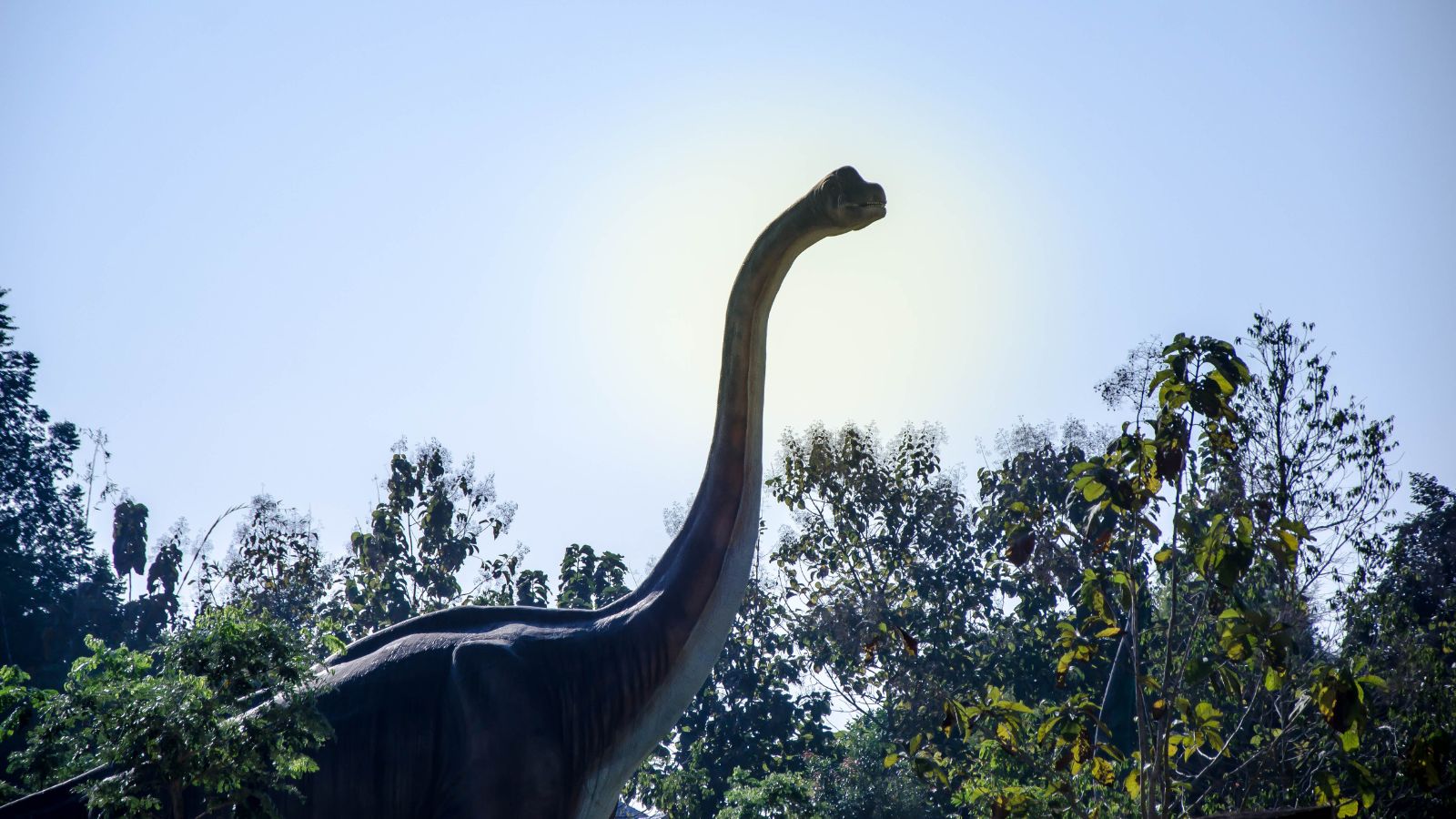
The idea that dinosaurs were destined for extinction due to some inherent flaw is our final myth that you should stop believing. Dinosaurs thrived for millions of years and were incredibly successful. Their sudden extinction was due to a catastrophic event—a massive asteroid impact—not because they were inherently doomed.

